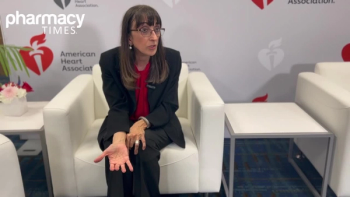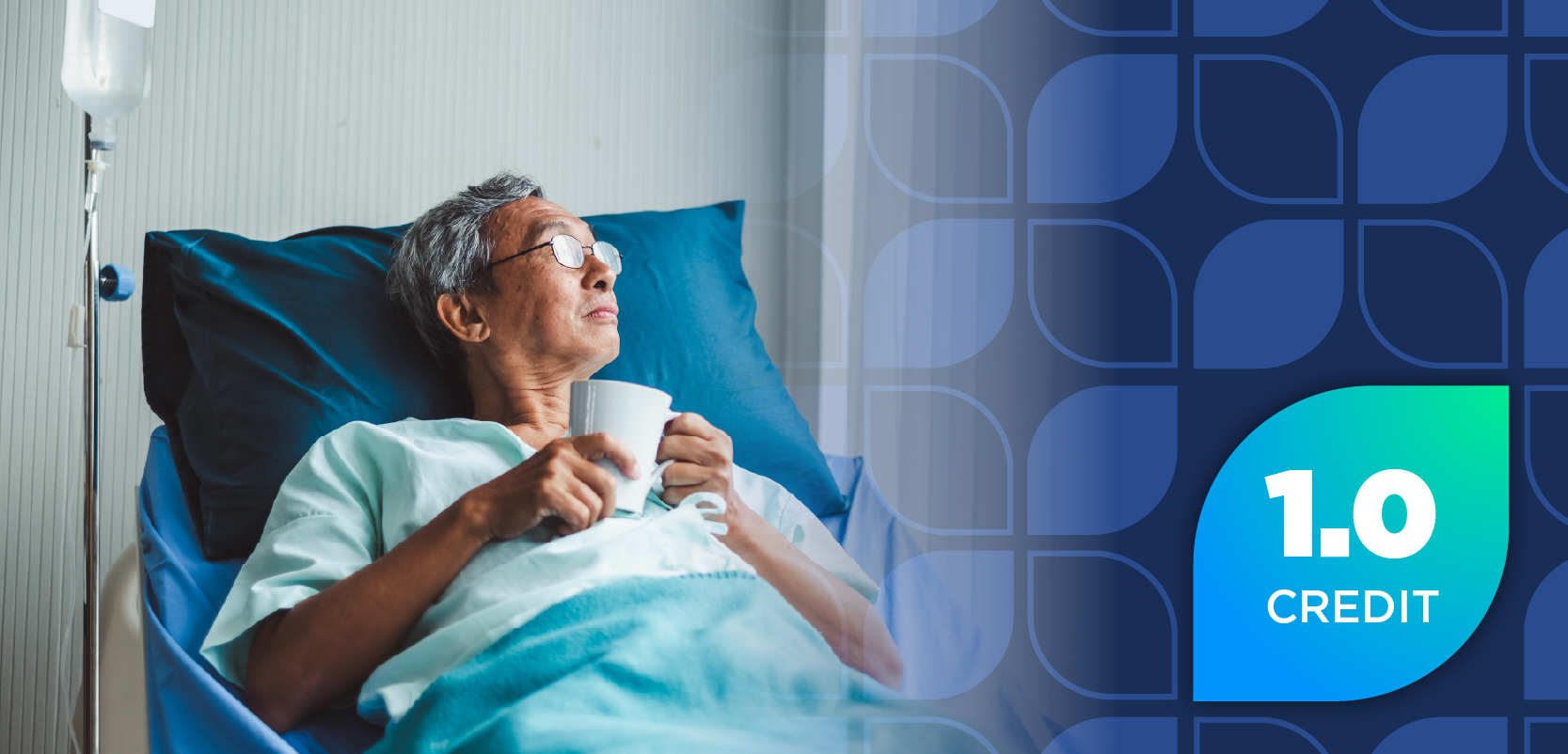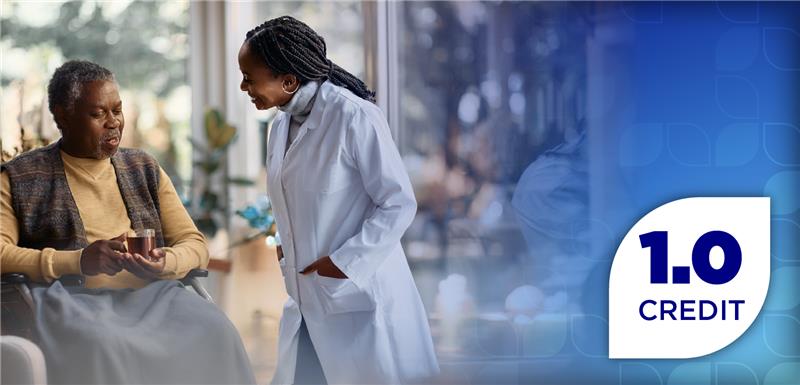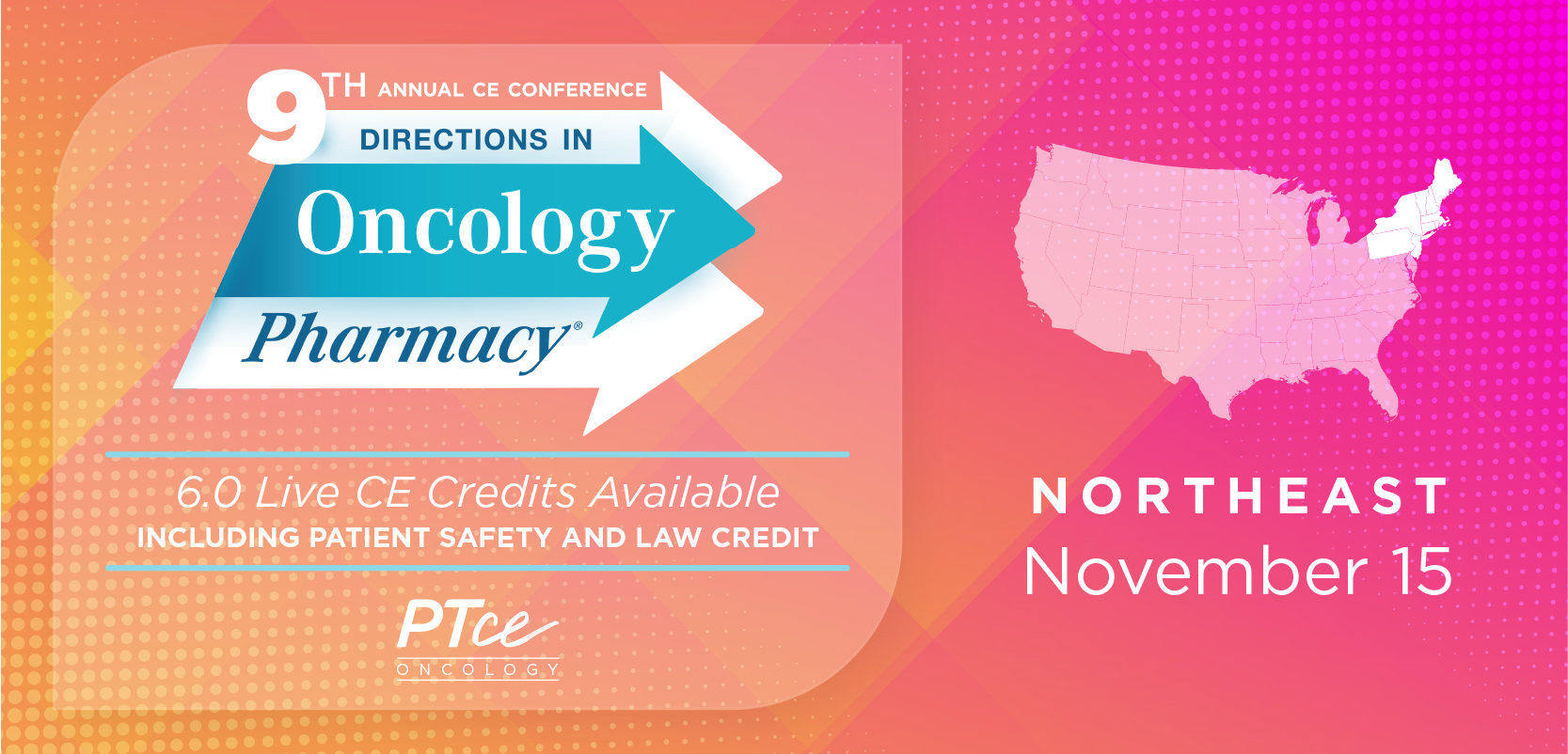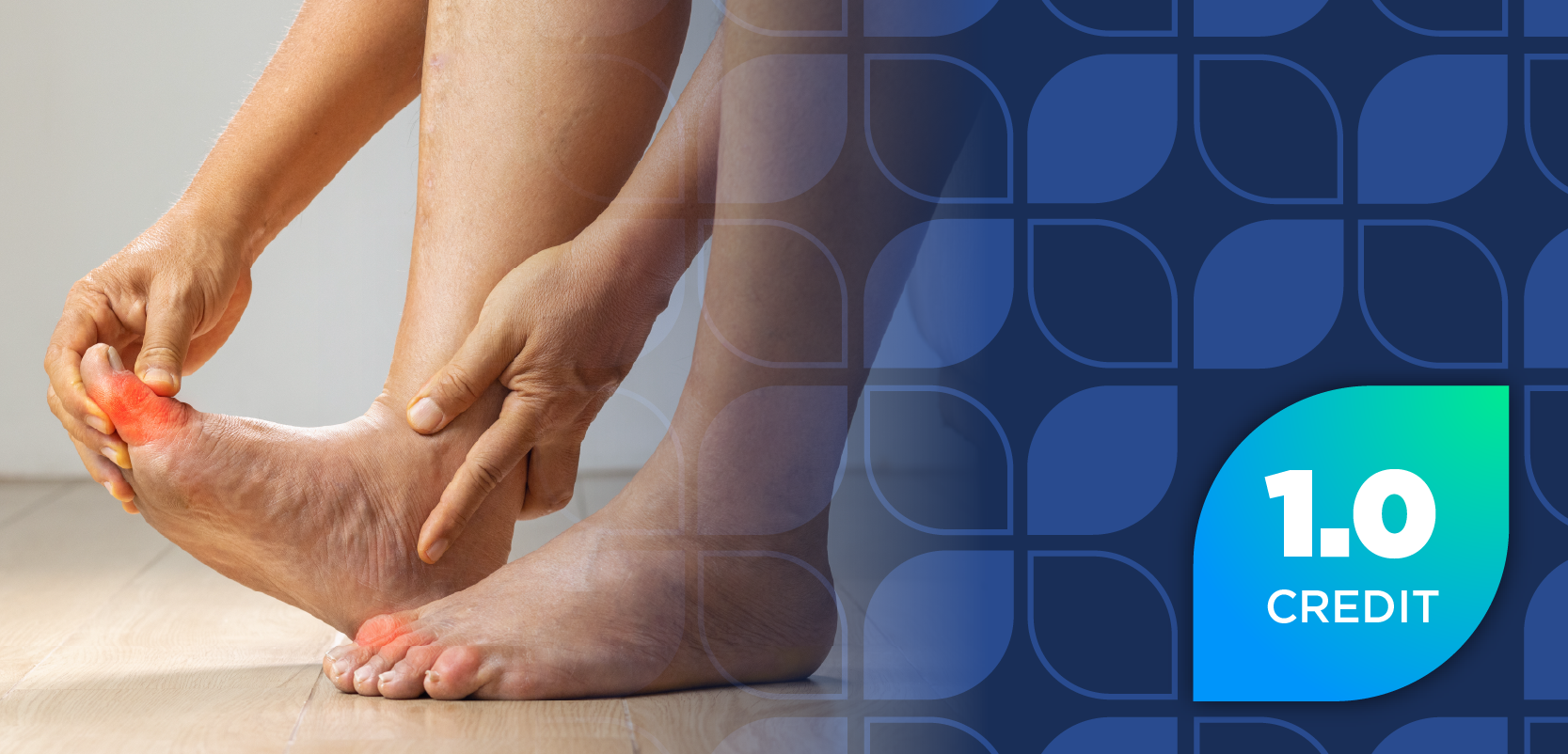
Pharmacists Improve Lipid Control in Underserved Settings
Key Takeaways
- Pharmacists are vital in achieving LDL-C goals, particularly in secondary prevention of ASCVD, through virtual clinics and multidisciplinary care.
- The VA Lipid Optimization Reimaged Quality Improvement Program (VALOR-QI) highlights the effectiveness of pharmacist involvement in veterans' lipid care.
Integrating a pharmacist into multidisciplinary settings allowed for more thorough LDL-C lowering in unique settings.
New data presented at the American Heart Association’s (AHA) 2025 Scientific Sessions highlight the importance of pharmacists in helping patients reach their low-density lipoprotein cholesterol (LDL-C) goals across a variety of clinical settings. The data were presented on November 10, 2025, in New Orleans, Louisiana.1,2
Virtual Interventions Improve Secondary Prevention
Secondary prevention for atherosclerotic cardiovascular disease (ASCVD) is crucial, with lipid control playing a major role. Guidelines recommend high-intensity statin therapy as a first-line treatment for ASCVD, and for patients at very high risk, providers should recommend adding a nonstatin therapy, such as ezetimibe (Zetia; Merck & Co) or a proprotein convertase subtilisin/kexin type 9 (PCSK9) inhibitor. Ensuring that a patient’s lipid levels remain controlled following a cardiovascular event is crucial to preventing further adverse outcomes.3
For patients at high risk of ASCVD and subsequent major adverse cardiac events (MACE), guidelines recommend an LDL-C goal of less than 55 mg/dL. It is critical for patients undergoing high-intensity lipid-lowering therapy (LLT) to be monitored and followed up with on a consistent basis. Through this monitoring, opportunities for LLT escalation can be identified, which could further lower LDL-C and reduce the risk of MACE.1
How Did a Virtual, Pharmacist-Led Clinic Improve Lipid Control?
The current authors initiated a multidisciplinary virtual care protocol for the escalation of LLTs in an outpatient setting. Patients aged 18 and older at an urban hospital who underwent a left heart catheterization (LHC) for acute coronary syndrome (ACS) were referred to the virtual clinic at discharge. Patients completed virtual check-ins at 6, 12, 24, and 36 weeks following their discharge; these visits featured a cardiology PharmD, who evaluated medication adherence and determined whether LLT should be escalated.1
If high-intensity statin therapy had to be escalated, ezetimibe, a PCSK9 inhibitor, and bempedoic acid were prescribed as appropriate until the patient reached their LDL-C goal.1
A total of 196 patients underwent LHC for ACS between June 2024 and April 2025; 68 patients were excluded from the data set. Among the remaining patients, 50 (39%) met their LDL-C goal and were discharged from the clinic. Nineteen of these patients (88%) achieved their goal with high-intensity statins with ezetimibe; only 5 necessitated adjunct evolocumab (Repatha; Amgen), and 1 required bempedoic acid.1
As of the data presentation at AHA 2025, 38 patients remained enrolled in the protocol. The success of the clinic highlights the important role of adherence education in delivering optimal secondary prevention for patients at high risk of ASCVD. Pharmacists can enhance this process, allowing for tailored discussions with patients regarding the addition of other LLTs to better reach their lipid goals.1
“Our experience supports using RNs, PharmDs, and titration protocols to provide high-quality care for underserved populations,” the authors wrote in their discussion.1
Pharmacists Can Heighten Compliance, Adherence to Cholesterol Medications
The risk of ASCVD progression when harboring uncontrolled lipid levels has been established. Research has affirmed that nonoptimal lipid levels can significantly heighten the risk of coronary artery calcification, a contributor to adverse cardiovascular outcomes. In patients with evidence of coronary atherosclerosis, LDL-C is almost exclusively associated with ASCVD events.4,5
These risks are especially prevalent in underserved populations, such as those in the Veterans Affairs (VA) system. Data shows that over 65% of veterans with ASCVD are poorly managed due to a series of factors, including patient preferences, clinical inertia, and outdated therapy prescriptions. In this vein, health care providers and pharmacists can work together to improve the quality of LLT optimization.2
Can Pharmacists Optimize Veteran’s Lipid Care?
The VA Lipid Optimization Reimaged Quality Improvement Program (VALOR-QI) is a collaborative project between the US Department of Veterans Affairs and AHA, which seeks to positively impact the cardiovascular health of veterans. Within the program, individual VA sites work with an AHA QI consultant to implement quality improvement plans to address barriers that can prevent optimal lipid care for veterans.2
The current investigation was centered on the VA Caribbean Healthcare System (VACHS), which is one of 50 sites participating in VALOR-QI. At this center, researchers implemented a comprehensive care model focused on guideline-directed LLT, featuring both high-intensity statins and combination treatment for veterans aged 18 and older with ASCVD and high levels of LDL-C or non-high-density lipoprotein cholesterol.2
Veterans who were identified as nonadherent to LLT were referred to a cardiology pharmacist for support, including targeted education, adherence counseling, refill assistance, and follow-up testing 12 weeks following therapeutic optimization. Highlighting the multidisciplinary approach of the system, a health care coach was also featured, helping to coordinate medication refills, clinical reminders, appointments, and consistent patient engagement.2
A total of 322 veterans were stratified by pharmacist involvement. Those followed by the PharmD (n = 185) had a mean baseline LDL-C of 114 mg/dL compared with 101 mg/dL in those not followed (n = 137) by the pharmacist. Veterans followed by the pharmacist had 85% reach target LDL-C levels, compared with 68% among patients not followed (P < .0001). Furthermore, veterans followed by the PharmD were 71% compliant with their LLT, compared with 54% (P < .0001).2
Takeaways for Pharmacists
Across each setting, pharmacists were proven as critical partners in multidisciplinary clinical care for lipid-lowering optimization. Pharmacists can be essential health care providers in these settings, especially in underserved communities. Their expertise allows for myriad areas of contribution, especially in helping patients maintain their lipid goals, improving adherence in the long term, and reducing the overall burden of ASCVD.1,2
Health care systems should work to support the integration of pharmacists into chronic disease management programs.1,2
REFERENCES
1. Della-Penna P, Hernandez L, Clark L, et al. Optimizing secondary prevention lipid management in a safety net health system using a pharmacist-driven virtual lipid clinic. Presented: American Heart Association 2025 Scientific Sessions; November 10, 2025; New Orleans, Louisiana. Accessed on AHA’s Virtual Platform on November 11, 2025.
2. Alcocer L, Vazquez-Fuster J, Crowley J, et al. Pharmacist interventions boosts compliance and cholesterol medications adherence. Presented: American Heart Association 2025 Scientific Sessions; November 10, 2025; New Orleans, Louisiana. Accessed on AHA’s Virtual Platform on November 11, 2025.
3. Virani SS, Smith SC, Stone NJ, et al. Secondary prevention for atherosclerotic cardiovascular disease: Comparing recent US and European guidelines on dyslipidemia. Circulation. 2020;141(14). doi:10.1161/CIRCULATIONAHA.119.044282
4. Lee H, Ahn H, Park HE, et al. The effect of non-optimal lipids on the progression of coronary artery calcification in statin-naïve young adults: results from KOICA registry. Front Cardiovasc. 2023;10. doi:10.3389/fcvm.2023.1173289
5. Mortensen MB, Dzaye O, Botker HE, et al. Low-density lipoprotein cholesterol is predominantly associated with atherosclerotic cardiovascular disease events in patients with evidence of coronary atherosclerosis: The Western Denmark Heart Registry. 2023;147(14). doi:10.1161/CIRCULATIONAHA.122.061010
Newsletter
Stay informed on drug updates, treatment guidelines, and pharmacy practice trends—subscribe to Pharmacy Times for weekly clinical insights.




